This site contains affiliate links. As an Amazon Associate, We earn a commission from qualifying purchases at no extra cost to you.
Upgrading a MacBook Pro’s graphics capabilities can seem daunting, especially when you discover internal GPU replacements are generally not feasible due to the integrated design.
But there’s still a way to enhance your MacBook Pro’s graphics performance. For Mac models equipped with Thunderbolt ports, an external Graphics Processing Unit (eGPU) can serve as a powerful and effective solution.
In this guide, we’ll show you how to unlock a new realm of graphical prowess without cracking open your laptop.
Whether you’re a gamer, a video editor, or someone craving more pixels and frames, strap in— we’re about to supercharge your Mac like never before!
Can You Replace a Graphics Card on MacBook Pro?
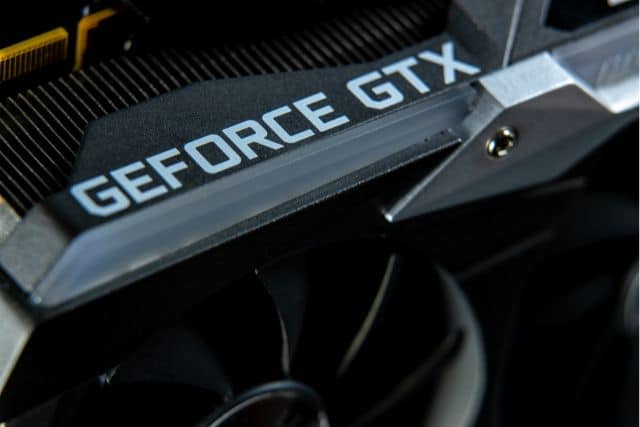
No, you cannot replace the internal graphics card on a MacBook Pro as it is integrated into the motherboard. However, connecting an external GPU (eGPU) via a Thunderbolt port can easily boost your graphics performance.
While replacing the internal GPU isn’t an option, that doesn’t mean you’re out of choices for upgrading your system’s graphics. Read on to learn more about an external GPU’s benefits, types, and installation process for your MacBook Pro.
What’s the Alternative to Replacing the Graphics Card on Your MacBook?
The alternative to replacing your MacBook Pro’s internal graphics card is an external GPU (eGPU). An eGPU is essentially a standalone box that houses a powerful graphics card. This box connects to your MacBook Pro via a Thunderbolt port, immediately boosting the laptop’s graphical capabilities.
It’s a convenient and effective way to enhance performance for gaming, video editing, 3D rendering, and other graphics-intensive tasks without altering the internal hardware of your MacBook Pro.
Apple has long been known for its closed ecosystem, making upgrading Mac computers with third-party hardware challenging. However, the introduction of eGPU support in macOS High Sierra marked a significant shift. The subsequent release of macOS Mojave made it even more straightforward to integrate an eGPU with a Mac.
Which eGPUs Work With Macs?
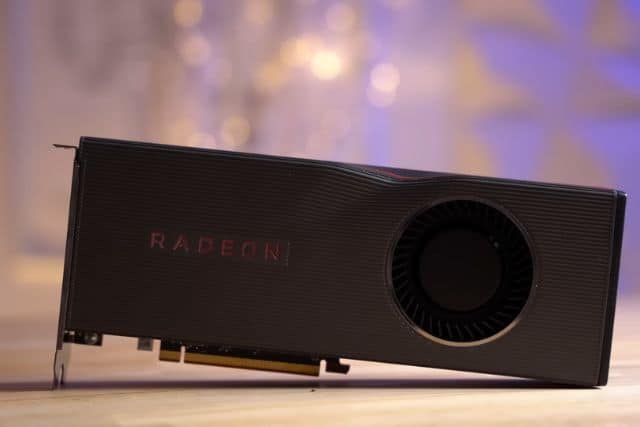
Apple has partnered with Blackmagic Design, a leader in digital cinema production technology, to offer two proprietary eGPU units available in the Apple Store:
- Blackmagic eGPU featuring the Radeon Pro 580
- Blackmagic eGPU Pro with the Radeon RX Vega 56
That said, there are also third-party options like the Sonnet eGFX Thunderbolt 3 enclosure, although you’ll need to buy a compatible graphics card separately.
Before you purchase an eGPU, be aware that Apple’s macOS officially supports only AMD-based GPUs. While using an Nvidia-based eGPU is possible, expect some additional setup.
Furthermore, Apple’s official eGPU support is limited to newer Macs with a Thunderbolt 3/USB-C port, although, as we’ll discuss later, older machines aren’t entirely excluded from the equation.
Which Macs Can Use an eGPU?
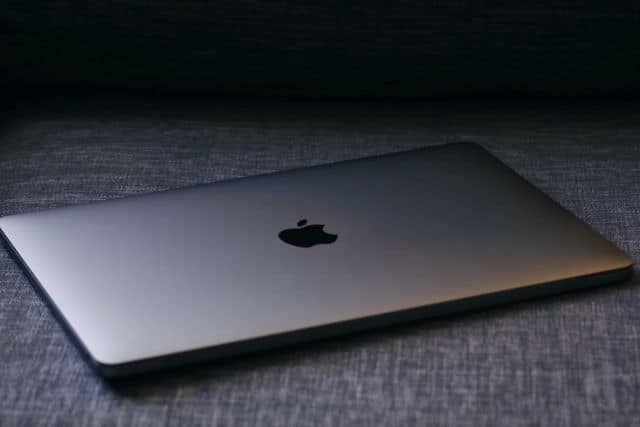
Apple officially supports Macs equipped with a Thunderbolt 3 or USB-C port for eGPU usage. This generally includes:
- MacBook Pro models from 2016 onward
- MacBook Air models from 2018 and later
- iMac models from 2017 and beyond
- iMac Pro and Mac mini (2018 and later)
While official support is limited to these newer machines, older models with Thunderbolt 2 ports aren’t entirely ruled out; however, getting an eGPU to work with them may require additional workarounds or adapters.
Moreover, your Mac must be running macOS High Sierra 10.13.4 or a newer version.
If you own a recent Mac equipped with a USB-C interface, you’re largely set for plug-and-play functionality. Most eGPUs connect via USB-C and are automatically recognized by your Mac, provided you’re running macOS High Sierra 10.13.4 or later.
How to Add an eGPU to an Older Mac
Even if your Mac doesn’t have an official Thunderbolt 3 port, you can use an eGPU, although Apple doesn’t provide official support for this. For instance, you can successfully connect a Blackmagic eGPU to a late 2013 13-inch MacBook Pro, which originally had a lackluster Intel Iris graphics processor.
Before You Start
- Ensure you have the right hardware and a compatible Mac.
- If you want to use an eGPU with an older MacBook featuring a Thunderbolt 2 or Thunderbolt 1 port, you’ll need a USB-C to Thunderbolt adapter. We recommend using Apple’s own adapter for compatibility, especially after software updates.
- You’ll also need a Thunderbolt 2 cable.
- For software, make sure you’re running the latest macOS.
How to Connect
- Back up your Mac, as things could go awry, and you might need to reinstall macOS, losing your data in the process.
- Make sure the eGPU is unplugged.
- Download an automate-eGPU EFI zip file from this link.
- Copy the folder to a FAT32 formatted USB drive.
- Boot from the external USB by holding down the Option key during startup and selecting EFI Boot.
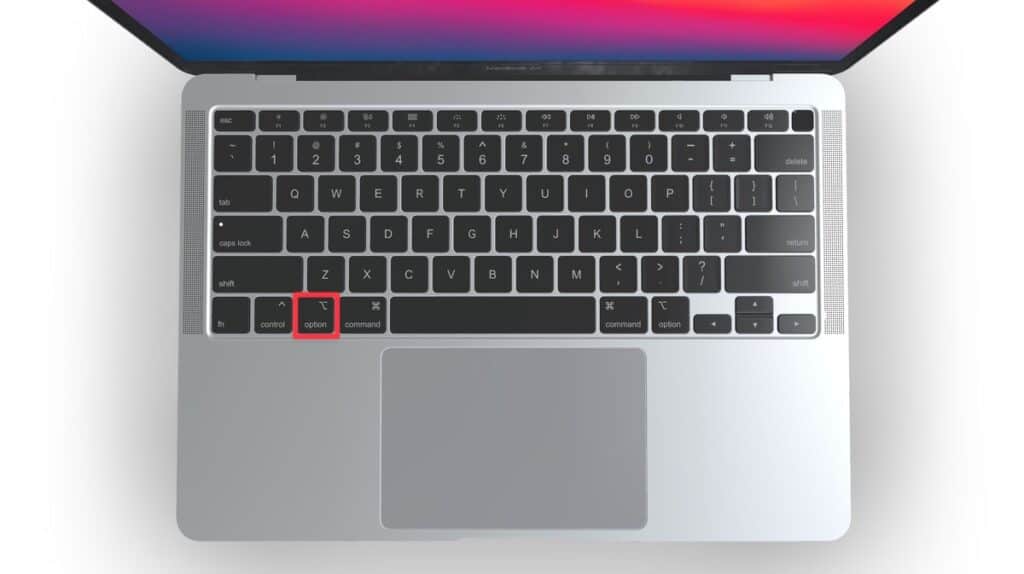
- Plug in the eGPU once you’re logged in and execute the following commands in Terminal:
sudo pmset -a gpuswitch 2
sudo pmset -a gpuswitch 0- Use Shift + Command + Q to log out, then log back in to activate the eGPU.
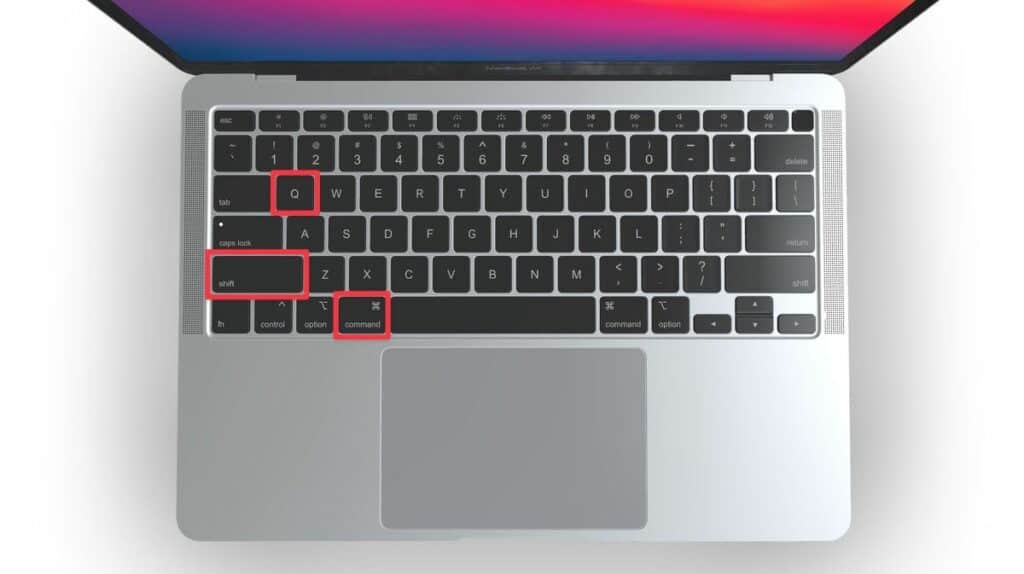
How to Use an eGPU With a Mac
Here are the steps to get your eGPU working with your applications on a Mac running macOS Mojave or later:
- Complete any required setup to enable eGPU support on your Mac.
- Plug the eGPU into an available Thunderbolt 1, 2, or 3 port on your Mac. Apple recommends using a port on the left-hand side of your MacBook Pro for best performance.
- An eGPU icon should appear in the menu bar once plugged in. This confirms macOS has recognized the eGPU, and it’s ready for use.
- Open your Applications folder and find the application you wish to run with the eGPU.
- Right-click the chosen application and select Get Info from the context menu.
- In the General tab of the info window, locate the Prefer External GPU checkbox and check it.
- Open the application. It should now utilize the eGPU instead of the integrated GPU in your Mac.
Why Would You Need to Replace a Graphics Card on MacBook Pro?
You might need to replace your MacBook Pro’s graphics card for various reasons. Some of these reasons are as follows:
- Hardware Age and Wear: All technology has a lifespan, and graphics cards are no exception. Over the years, the graphics card in your MacBook Pro can deteriorate due to repeated use, leading to sluggish performance and an overall decline in your machine’s capabilities.
- Graphics-heavy Tasks: Professionals like graphic designers, video editors, and gamers demand more from their hardware. Standard graphics capabilities may not suffice for complex 3D rendering, high-resolution video editing, or running graphics-intensive games.
- Compatibility Issues: Software is continually evolving, and new updates or applications can require more robust hardware than your current system offers. This can create a bottleneck in your workflow, as your hardware struggles to keep up with the new software requirements.
- Signs of a Failing Graphics Card: A failing graphics card can manifest through various symptoms like screen artifacts, frequent crashes, or even a failure to boot up your computer. These issues can disrupt work and signal that your internal graphics card may be on its last legs.
Understanding these reasons can help you better determine whether enhancing your MacBook Pro’s graphics capabilities is a worthwhile investment for you.
Potential Issues and Troubleshooting
Let’s take a closer look at some common issues you might face when setting up an eGPU with your MacBook Pro, along with some troubleshooting tips.
- MacBook Not Recognizing the New Graphics Card: If your MacBook fails to recognize the eGPU, there could be multiple reasons behind it. One of the most common issues is improper seating of the card in its enclosure. Double-check that all connections are firm and the card is well-placed in its slot. Additionally, ensure you’ve installed the necessary drivers that came with your eGPU.
- Overheating Issues: Overheating can significantly impair the performance of your graphics card and may even lead to hardware failure over time. One primary cause of overheating is the incorrect application of thermal paste. If you’ve manually installed a card into an eGPU enclosure, make sure you’ve applied the thermal paste as per the manufacturer’s guidelines.
- Driver Conflicts: Driver incompatibility can result in system instability and crashes. This usually happens when there’s a mismatch between the macOS and the eGPU drivers. If you’re experiencing issues, update your eGPU drivers to the latest version. If the problem persists, consider rolling back to a previous driver that was stable.
- Additional Tips: For those using older Mac models with Thunderbolt 1 or 2 ports, don’t forget that a USB-C to Thunderbolt adapter may be necessary. Always opt for reliable brands when choosing an adapter to ensure compatibility and performance. Make sure you’re also running a macOS version that supports eGPU setups, such as macOS High Sierra 10.13.4 or later.
Frequently Asked Questions
Is it possible to upgrade the graphics card in all MacBook Pro models?
No, it’s not possible to upgrade the internal graphics card in any MacBook Pro model as they are soldered to the motherboard. However, many MacBook Pro models with Thunderbolt ports can be enhanced using an external GPU (eGPU) for improved graphics performance.
What is the average lifespan of a MacBook Pro graphics card?
The average lifespan of a MacBook Pro graphics card can vary, but it is generally designed to last for about 5 to 7 years under normal usage conditions. Factors like heavy graphics tasks and environmental conditions can influence its longevity. Keep in mind that integrated GPUs may have different lifespans.
How can I determine if my MacBook Pro’s poor performance is due to a failing graphics card?
To determine if your MacBook Pro’s poor performance is due to a failing graphics card, look for signs like screen artifacts, frequent crashes, or sluggish performance during graphics-heavy tasks. Running hardware diagnostic tools and checking for driver updates can also help pinpoint graphics card issues.
Can replacing a graphics card void my MacBook Pro’s warranty?
No, you can’t replace the internal graphics card in a MacBook Pro as it’s integrated into the motherboard. However, using an external GPU (eGPU) generally won’t void your warranty, though it’s always a good idea to consult Apple’s terms and conditions to be certain.
Conclusion
While it may not be possible to replace the internal graphics card on a MacBook Pro, external GPUs (eGPUs) have opened up new avenues for enhancing your Mac’s graphics capabilities.
Whether you’re dealing with aging hardware, engaging in graphics-intensive tasks, or simply wanting to future-proof your system, an eGPU could be a worthy investment.
While there may be some hurdles like compatibility and potential troubleshooting, the benefits in performance can be significant. So, if you’ve been considering a graphics upgrade for your MacBook Pro, an eGPU might just be the solution you’ve been searching for.
Pro Tip: For optimal performance, connect a dedicated external monitor directly to your eGPU. This setup maximizes the graphics boost you’ll receive for tasks like gaming or video editing.
About Mohit

